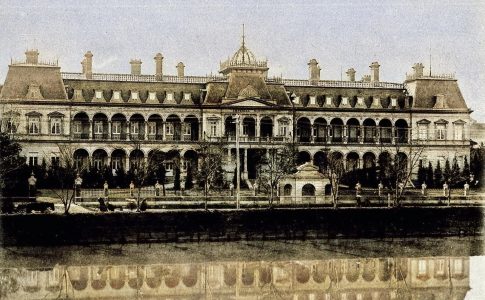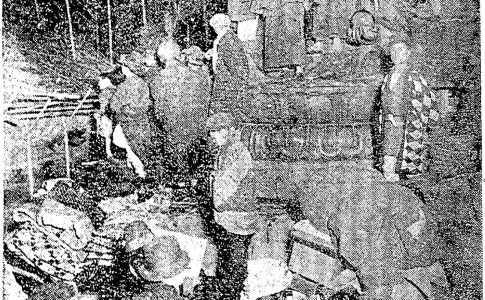Thursday, March 31, 1921: The movie “Kinoshita Tokichiro”
The movie “Kinoshita Tokichiro” was released on Thursday, March 31, 1921. The leading role was played by Shirogoro Sawamura V. Sawamura was one of the two most popular actors in those days, along with Onoe Matsunosuke, who was also known as Matsu-chan. He died in 1932 at the age of 54.




